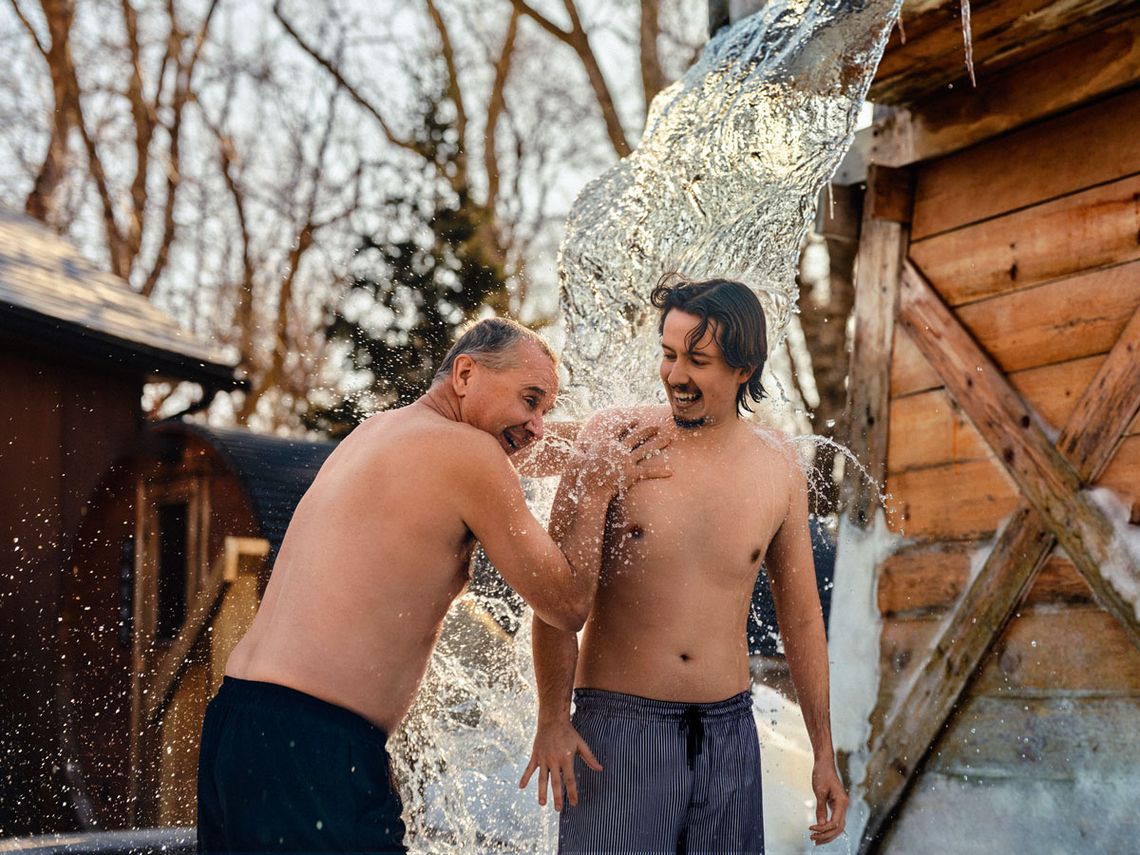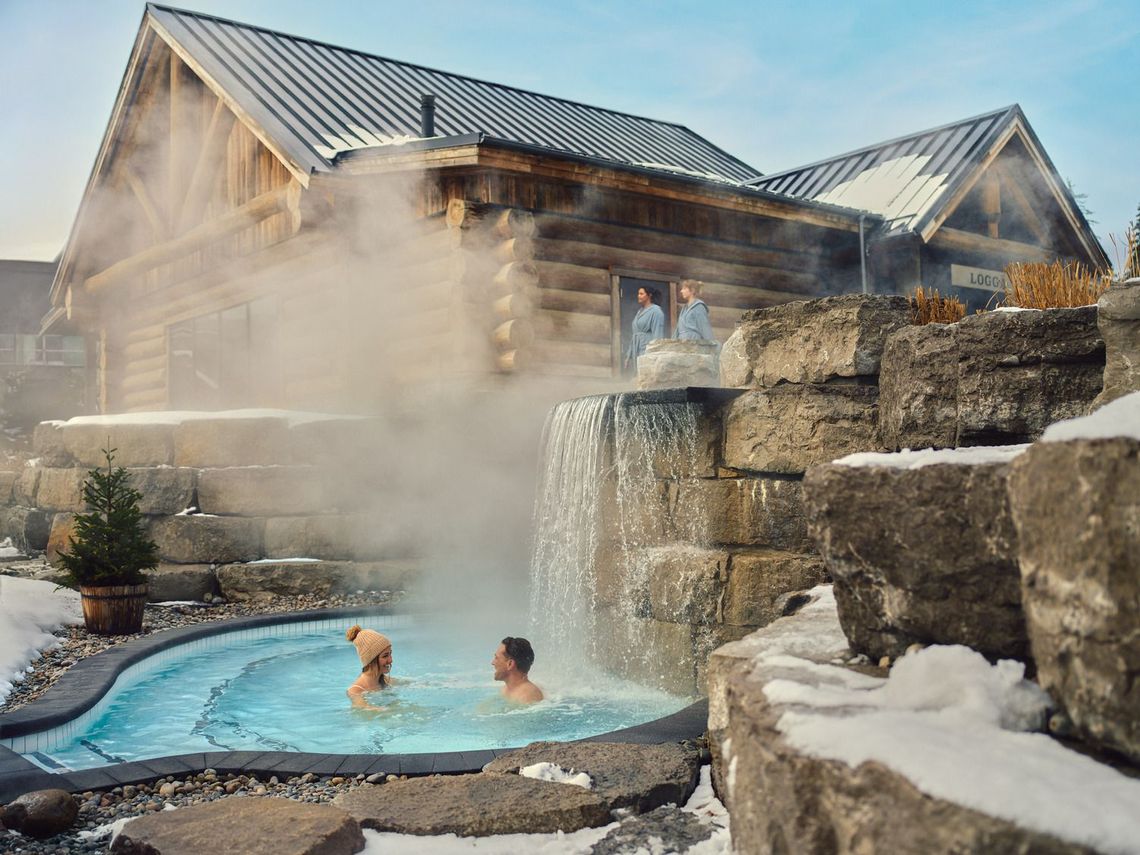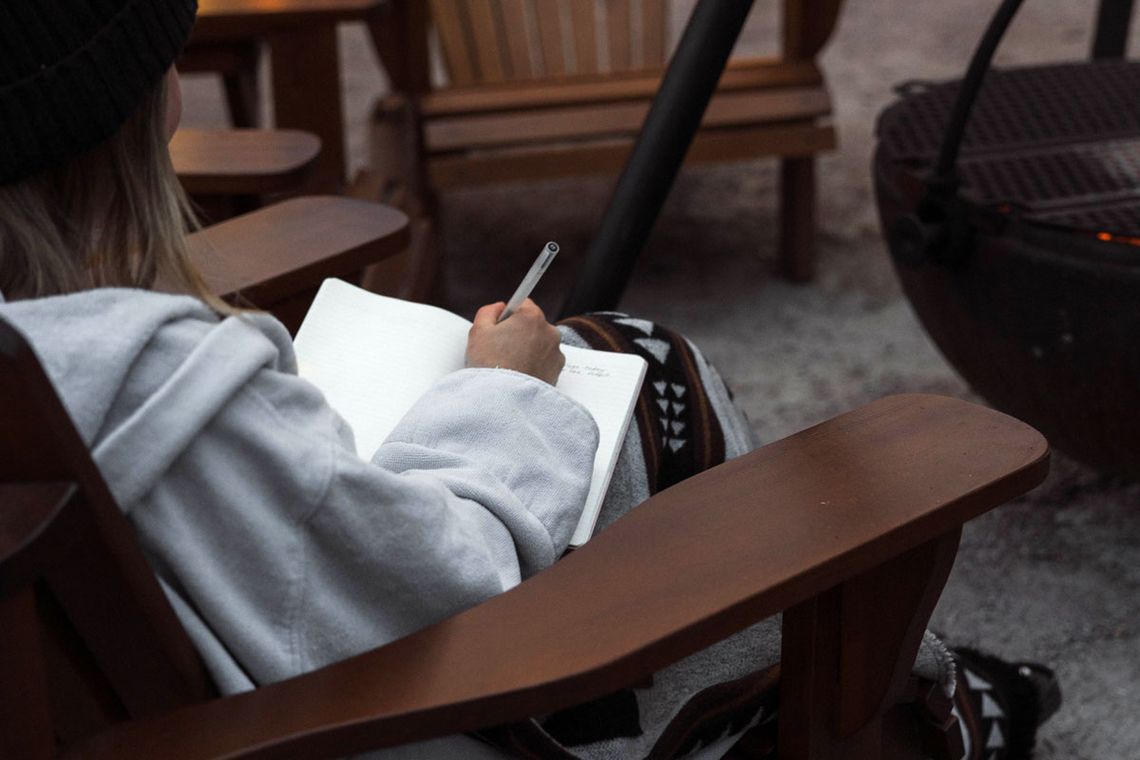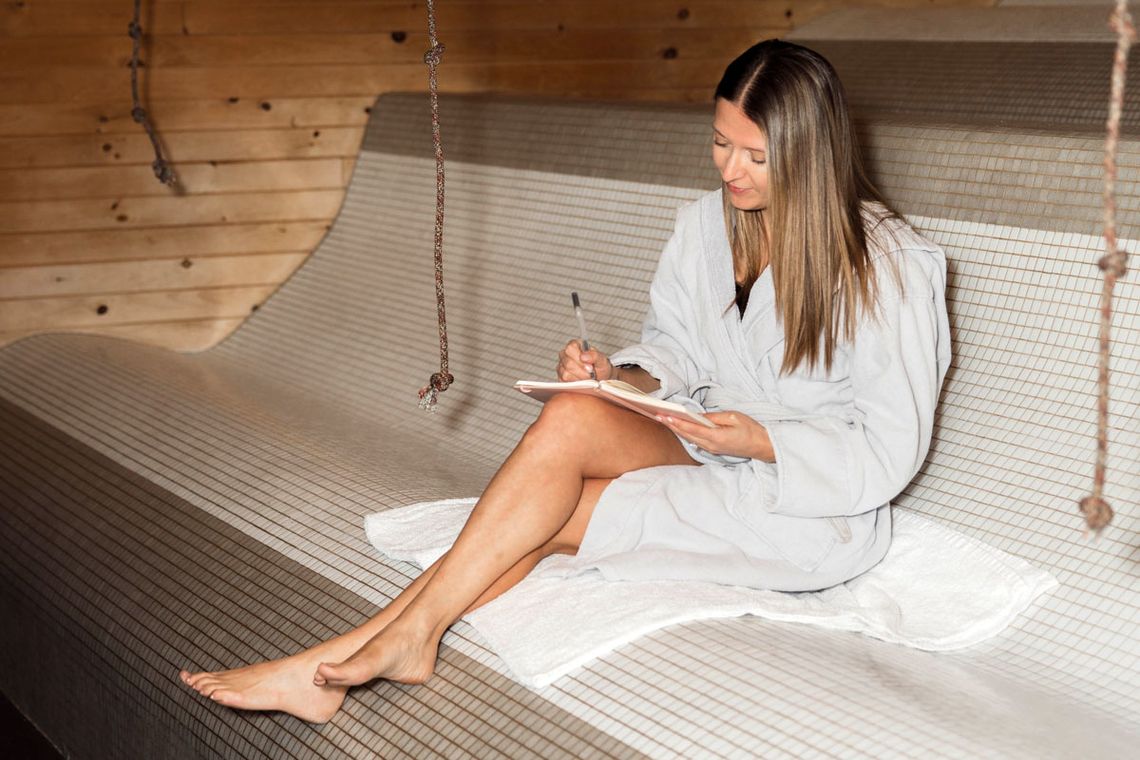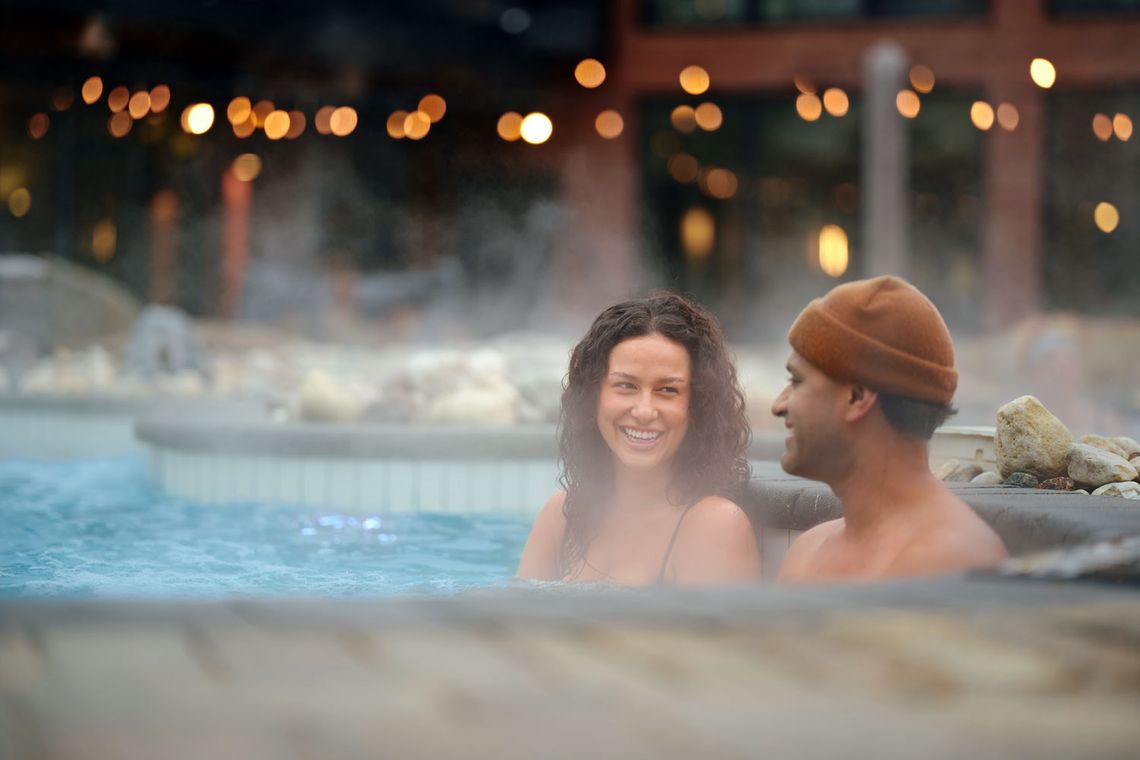Introducing Meditation


The Benefits of Meditation


Along with building tools to manage stress and anxiety, routinely meditating leads to the following health benefits:
• Improving overall emotional wellbeing;
• Increasing imagination and creativity;
• Promoting restful relaxation;
• Improving memory;
• Increasing self-awareness;
• Improving sleep quality;
• Controlling pain more efficiently;
• Lowering blood pressure.
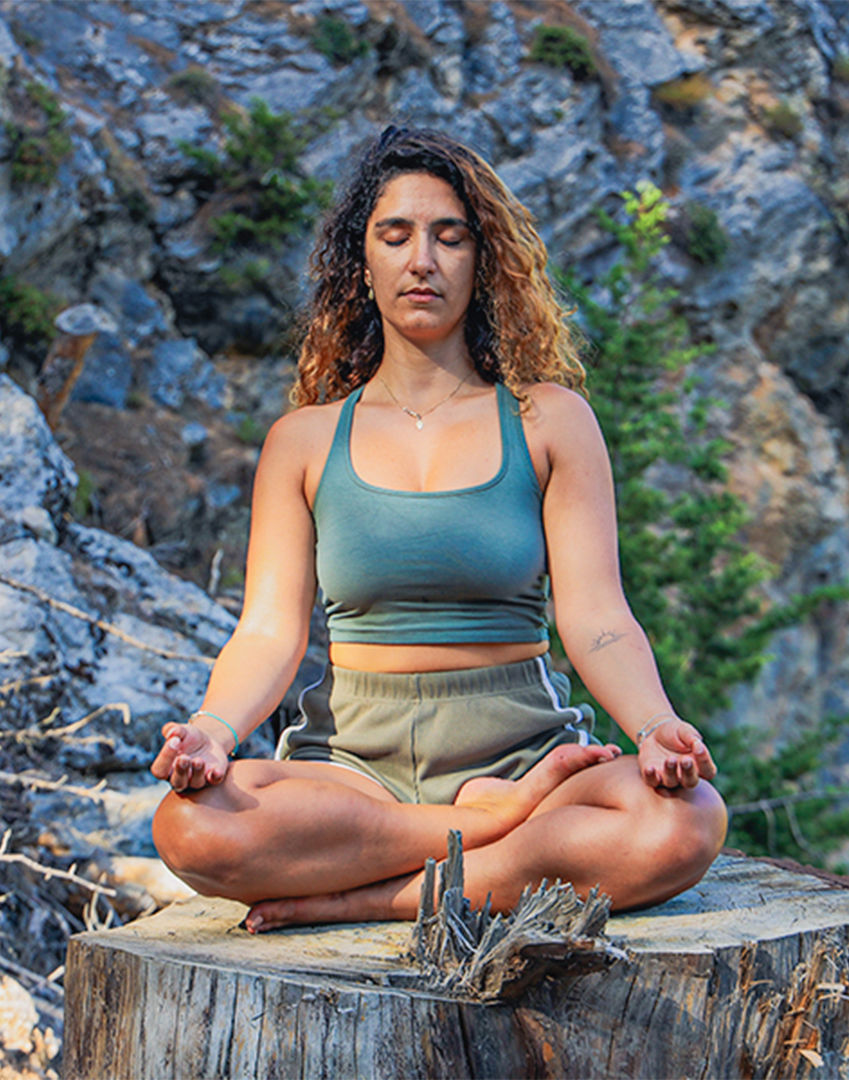
How to Meditate


1. Start by finding a quiet space with few distractions where you feel comfortable.
2. Set the tone. You might want to incorporate sound into your practice. Gentle instrumental music, white noise or sounds of nature like a waterfall may help you focus and relax.
3. Breathe. It seems simple, but one of the easiest ways to meditate—especially for beginners—is to breathe with intention simply. Inhaling and exhaling regulates and resets your breath, allowing you to let go.
Breathe in for a count of seven, and out for a count of seven. Repeat for as long as you need. If setting a timer helps you focus, we suggest starting with five minutes and adding more time to each practice as you get more comfortable.
For a quicker breath reset, you can use sighing. Take a deep breath in and let the sigh out slowly and silently, allowing every last bit of air out of your lungs. Repeat once or twice. And just like that, you’ve meditated.


